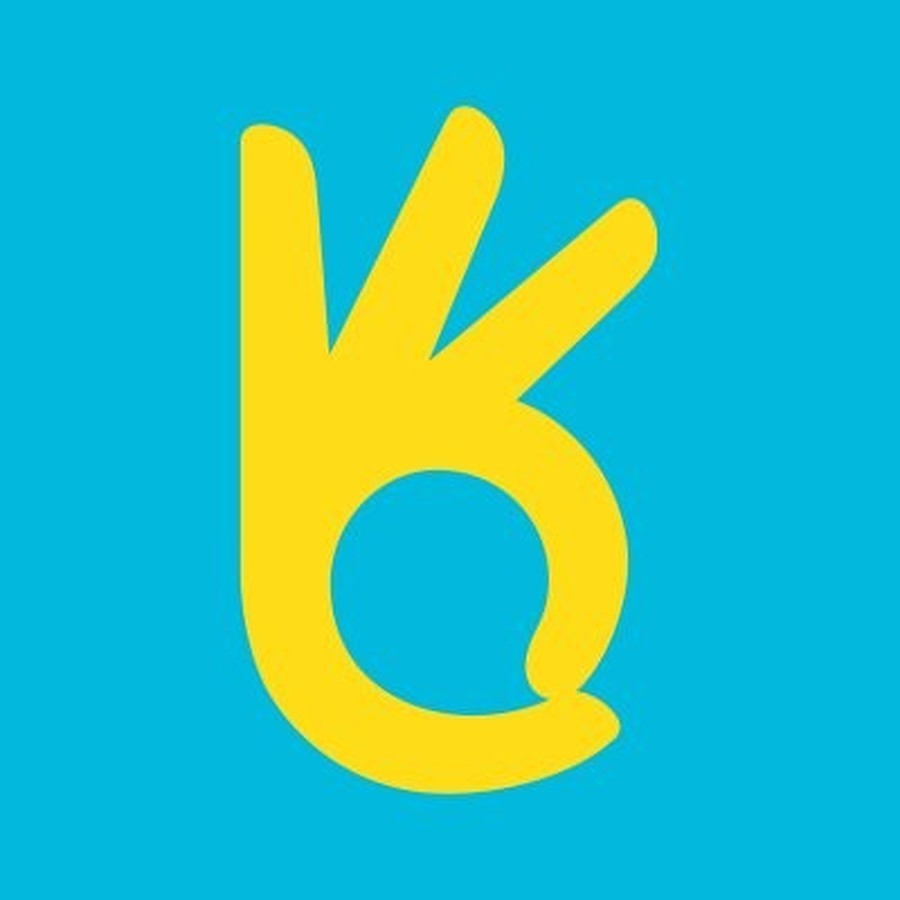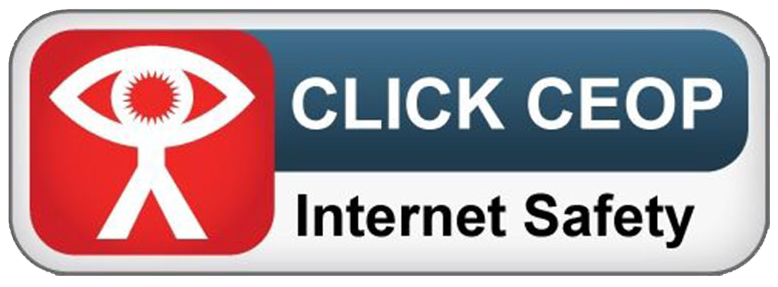CSE
What is CSE?
Child Sexual Exploitation is a type of modern slavery when a male or female under the age of 18 is sexually exploited for the benefit or gain of someone else. The benefit or gain can come in many forms such as increased social status or financial gain. Some victims are also trafficked for the purpose of exploitation. CSE is a significantly under-reported crime.
CSE can take place anywhere and by anyone. The Office of the Children’s Commissioner and other key organisations recognise that all children can be at risk and that risks to males are probably underestimated.
A child can be a victim of exploitation and exploit another child at the same time.
Any child or young person is vulnerable to exploitation
What does it involve?
Any young person regardless of age, gender, ethnicity or class can be exploited.
This means they are forced into sexual acts or the misuse of sexual images.
In return, they. Or another person, may be provided with drugs, alcohol, or other items of value or other basic necessities such as affection or attention. Sometimes they are threatened with violence or shame.
The young person is not to blame. A young person’s perception of what is happening to them in inappropriate relationships will often differ from the reality of the situation.
How does CSE occur?
Sexual exploitation of children and young people can occur in a variety of ways:
- Online through things such as the internet, social media, smart phone apps and games consoles
- Through people the person will know, this might include other children or young people, family or friends or someone in power
- Through parties, gangs, grooming and coercion, opportunist situations
The Internet
The internet is used by child abusers as the anonymity of social networking sites and instant messaging can provide easy access to children and young people. Using the internet means that sexual exploitation can also occur when the child has no direct contact with the person exploiting them. For example, the child is groomed to post sexual abuse images of themselves on the internet for the gratification of another person.
Who’s at risk?
Some experiences can make a child more vulnerable to exploitation, some examples are:
- Low self-esteem
- From time-poor families
- Experiencing death, loss or illness of a significant person
- From families that are new to an area
- Any adverse childhood experiences (violence, abuse, neglect)
- Going ‘missing’ – driven by push factors (running away from something) or pull factors (running to something)
- Additional needs eg learning disabilities or mental health issues
- Being in care
- Regular substance misuse (including alcohol)
- Those experiencing criminal exploitation
- Homelessness
Protecting young people from exploitation is everyone’s business
What is grooming?
Grooming is exploitation and occurs when someone builds an emotional connection with a child to gain their trust for the purposes of sexual abuse, sexual exploitation or trafficking. Children can be groomed online or face to face by a stranger or someone they know for example, a family member, friend or professional.
Perpetrators may be any age, gender, ethnicity or class.
The process of exploitation results in the young person feeling trapped. This allows the perpetrator to take control and dominate them resulting in the young person being fearful and having no choice but to comply with the perpetrator’s request.
Missing Children
Some 140,000 children go missing from home or care in the UK each year. It has been estimated that running away places around a quarter of these at risk or serious harm.
Children go missing because of push factors (running away from something such as abuse, domestic violence or loneliness) or/and pull factors (running to something such as complying to threats, affection or perceived love).
The link between children being sexually exploited and children going missing is very strong.
Raising a concern
Exploitation concerns about a child or young person must be referred to Family Connect on 01952 385385. After 5pm or at the weekend please call 01952 676500.
If a child or young person is in immediate danger call 999.
For further information and advice please email [email protected]
What happens next?
In Telford we have a dedicated team to help young people and their families where a risk of sexual exploitation has been identified – the Children At risk Through Exploitation (CATE) team. They work alongside the young person and their families as well as statutory and voluntary services to safeguard the young person from CSE. This is an intervention programme and whilst targeted at ending exploitations takes time to have an effect.
Once a referral about a young person is received a CATE practitioner will build a trusting relationship with the young person and their family to complete a CSE risk assessment. This assessment will inform what multi-agency and planned support is needed to safeguard them. Parents/carers must give consent to work with the young person if they are under the age of 16.
CSE can have an impact on a young person both in the short term and the longer term. Whilst not all victims of CSE will experience the same impacts.
National Referral Mechanism
CSE is a form of modern slavery. Modern slavery is a complex crime and may involve multiple forms of exploitation. It encompasses: human trafficking, servitude, and forced or compulsory labour. The National Referral Mechanism (NRM) is a framework for identifying and referring potential victims of modern slavery and ensuring they receive appropriate support.
Any child or young person is vulnerable to exploitation
More information and support
www.telfordsafeguardingpartnership.org.uk
Ivison Trust (child sexual & criminal exploitation)



